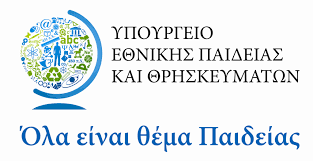Here’s a quick dive into Greece’s education landscape, including insights for its farmer population, based on the latest data:
- Literacy & Schooling: Adult literacy was 94% in 2009, down from 96% in 2001. Average years of schooling rose from 1.3 in 1900 to 9.2 in 2010. By 2010, 66.4% of adults over 25 had at least lower secondary education.
- Tertiary Education: In 2020, 43.7% of 30–34-year-olds had tertiary degrees (women: 51%, men: 36.7%), surpassing the EU average (40.5%) but below the EU 2030 target (45%).
- Early School Leaving: Only 4.1% of 18–24-year-olds left school early in 2019, one of the lowest rates in the EU (average: 10.2%).
- Early Childhood: 68.8% of kids aged 3 to compulsory school age were in early education in 2019 (EU avg: 92.9%). Since 2021, pre-school from age 4 is mandatory, with 99.7% of 5-year-olds enrolled in 2022.
- Vocational Training: In 2022, 45.3% of medium-level students were in vocational programs, but only 35.4% of VET grads had work-based learning (EU avg: 64.5%). Apprenticeships grew 45.5% in 2023/2024.
- Farmers & Education: Greece’s 615,000 farmers (12.4% of the workforce) face an education gap—only 0.7% of farm owners had full agricultural training in 2020. The urban-rural tertiary education gap was 20.9 points in 2020.
- Young Farmers: Only 6% of farm managers were under 35 in 2020, despite programs like the EU’s Young Farmers Aid encouraging youth in agriculture.
- Challenges: Digital skills lag (32% of 16–19-year-olds had above-basic skills in 2019 vs. EU’s 57%). Bullying affected 27% of secondary students in 2018. Migrant education remains limited, with only 400 of 10,600 school-aged migrant kids enrolled in 2020.
Greece is making strides in education but needs to bridge gaps in rural and agricultural training to boost its farming sector. 🌾📖
Sources: ELSTAT, OECD, Eurostat, UNESCO, EC Education Monitor
